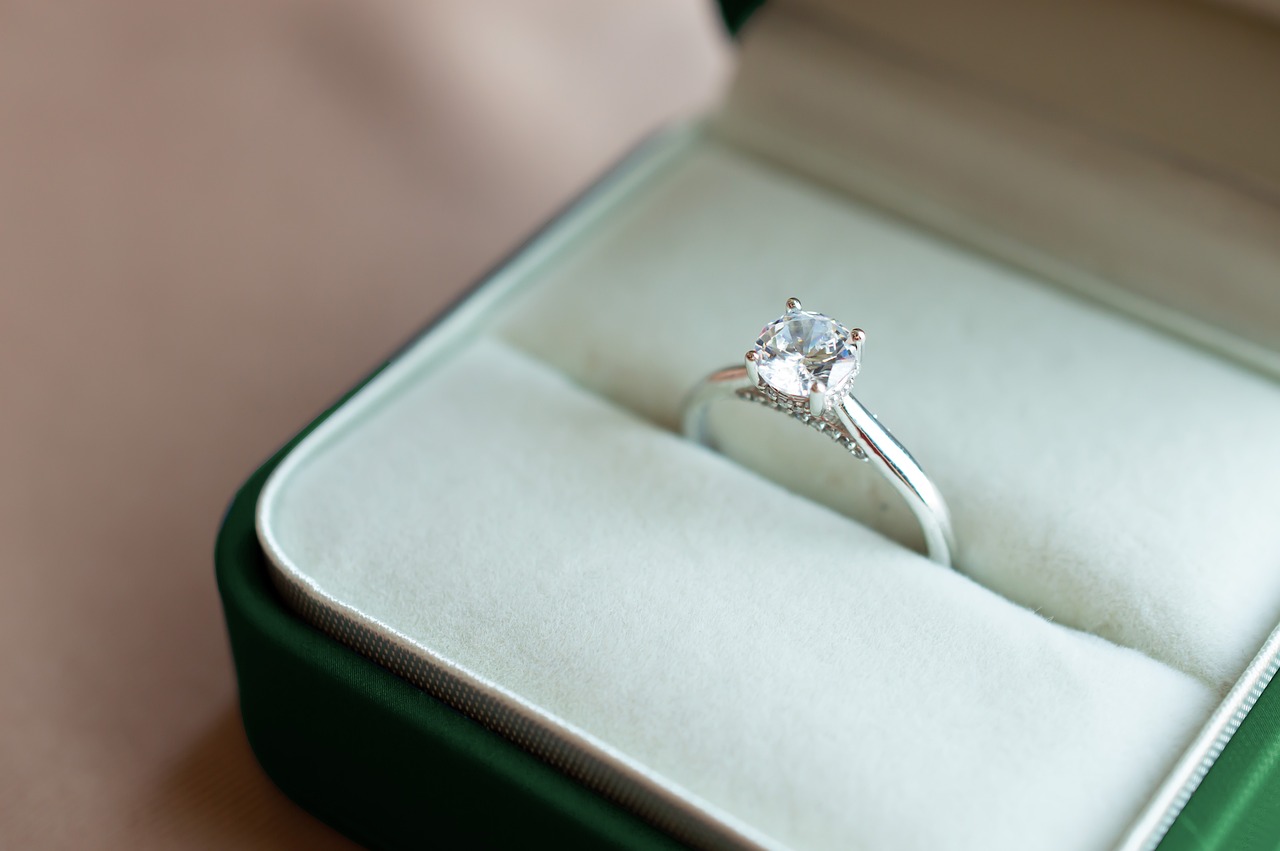
Table of Contents
Prong settings look like the default type of ring setting, but you might be surprised to find out that they were actually invented as recently as the 19th century.
That’s because, even though they look “simple”, prong settings need incredible precision to be made well and are really only suitable for specific types and cuts of gemstones that weren’t as common before.
So, what exactly is the prong setting, what are its pros and cons, and when is it the right choice for your ring?
What Is the Prong Setting?
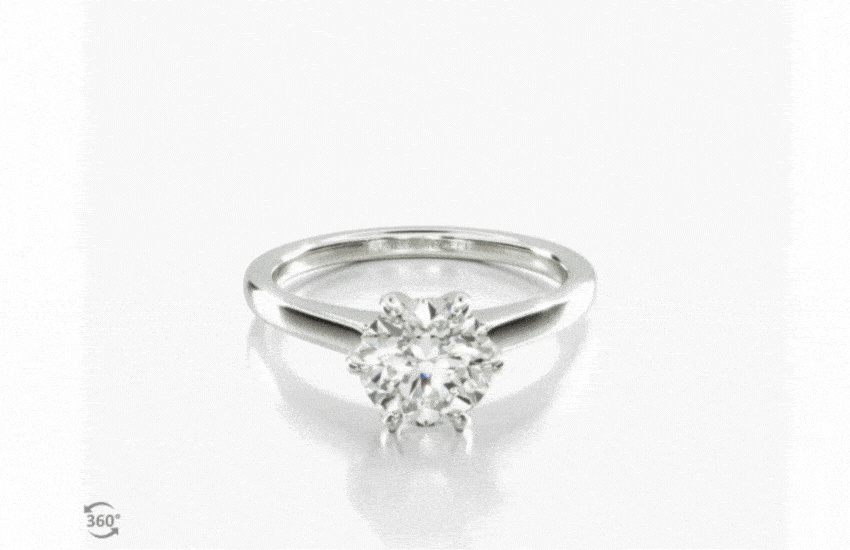
The prong ring setting is quite straightforward to describe – it typically consists of four or six metal prongs that come out of the ring and grasp the gemstone in a claw-like manner. These claws will typically hold the gemstone “in the air” above the ring, meaning that its whole body will be visible, not just on the top side. This creates a look so stylish in its simplicity that you’d be forgiven to think of it as the “default” for a ring setting.
In reality, however, this is quite a complicated setting to make properly which is why it’s also fairly new. That’s because both the gemstone and the prongs need to be crafted with incredible technique so that the stone stays secure and unharmed within its metal claws, slightly elevated above the ring beneath it. The prongs themselves also need to be sturdy and properly finished so that they don’t snag on clothing, break, scratch the stone or anything of the sort.
In short, the reason it took multiple millennia for the jewelry industry to start making prong settings is that the technology wasn’t really there before that to make them properly. What’s more, the prong setting is ideal for gemstones above a certain quality grade and with as few inclusions and visible defects as possible – something that wasn’t all that prevalent prior to the 19th century.
Pros and Cons of the Prong Setting
So, with that out of the way, let’s sum up the pros and cons of the prong setting. As unique and gorgeous as it is, like most other things in the jewelry world, whether or not the prong setting is right for you and for a particular situation is really subjective and dependent on multiple factors.
The pros and cons list can look pretty “balanced” but this doesn’t mean that the prong setting isn’t great – it just goes to show that every ring setting has its place and uses.
Pros:
- Even though this is a fairly new type of setting – by jewelry’s standards – the prong setting does have a very classical look.
- Prong settings are great with larger and higher-quality stones as they showcase them in the best possible way.
- A stone in a prong setting is much easier to clean than in most other settings.
- The prong setting doesn’t just showcase the most out of your stone, it also leaves as much of the ring visible as possible.
Cons:
- Prong settings aren’t really suitable for stones with noticeable inclusions, especially in the pavilion.
- While modern-day prong settings are made to be as secure as possible, they are still more exposed and vulnerable than a bezel or halo setting.
- With a prong setting, you will rely largely on the main stone’s beauty as you’d lack the added spark of accent stones, such as three-stone or halo settings.
- A prong-setting ring can easily catch and snag on fabric, especially if the prongs aren’t refined properly.
Types of Prongs
1. Rounded Prong
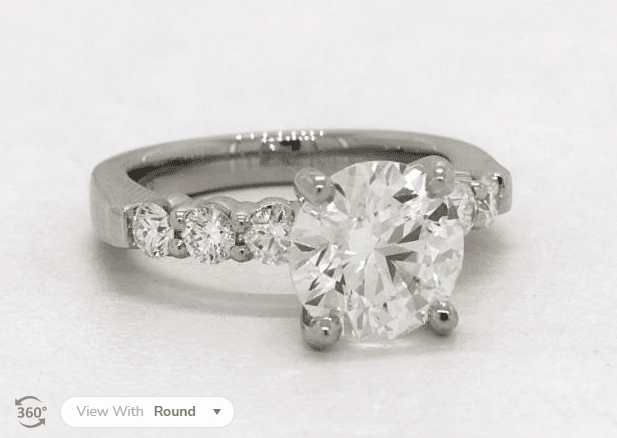
This type of prong is the most common variety. You’ll find it on most engagement rings. Rounded prongs are secure and hold the diamond firmly. They’re also called button prongs.
2. Pointed / Claw Prong
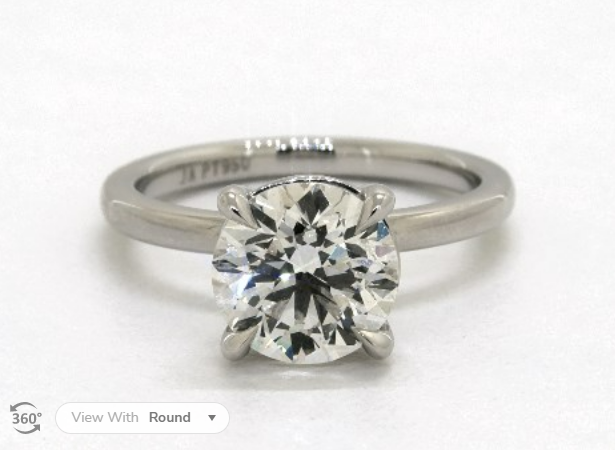
Claw prongs, also called pointed prongs, are sleek and modern. It covers less of the diamond but extends further for a more secure hold. The double claw and the petite claw are two other versions of this type of prong.
3. Double Claw Prong
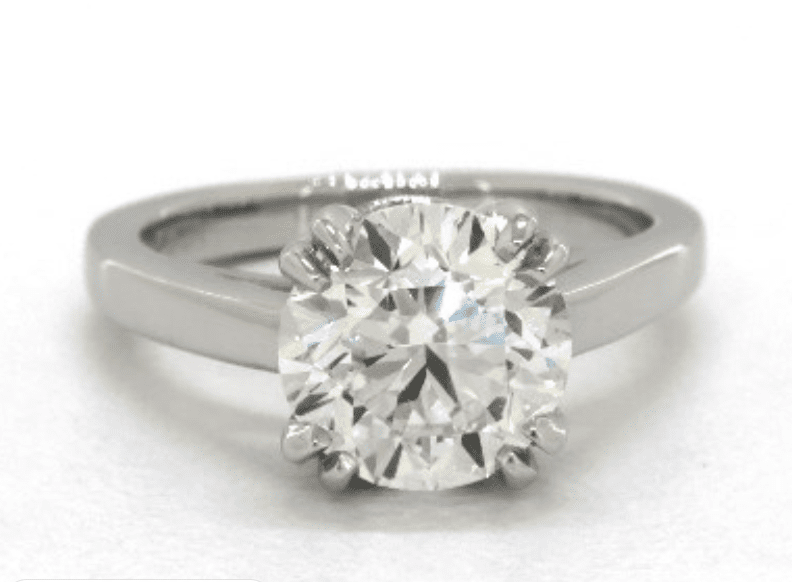
A double claw makes the prong appear more petite and slimmer, as it offers two smaller claws rather than one larger one at each corner. These prongs are very secure and also stylish in appearance.
4. Flat Tab Prong
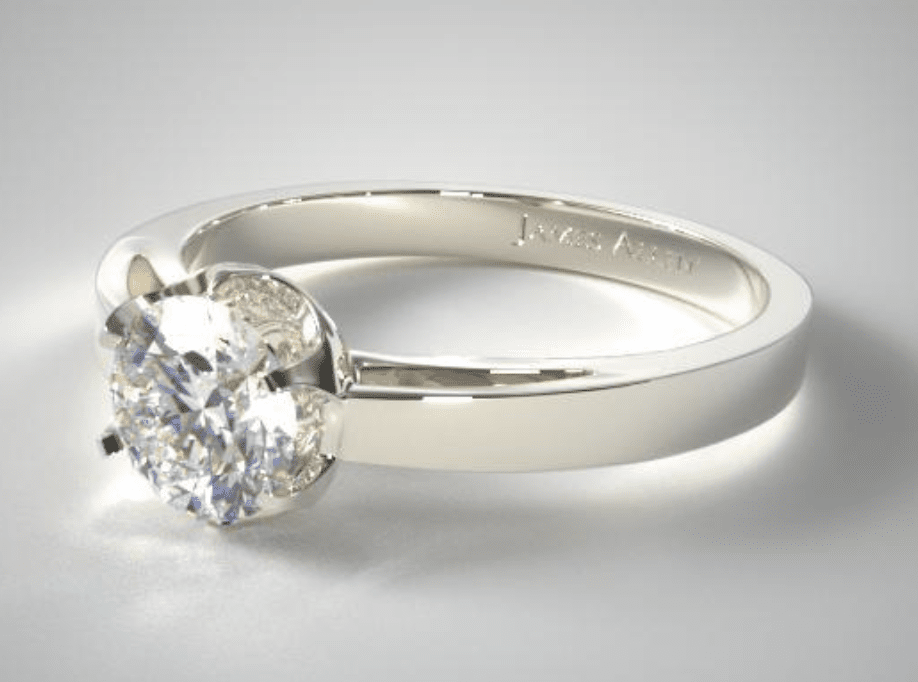
A tab prong has a square aesthetic. It’s not as popular as the pointed or round prongs, but with the right design, can look stylish. It’s commonly chosen for a modern look.
5. V-Prong
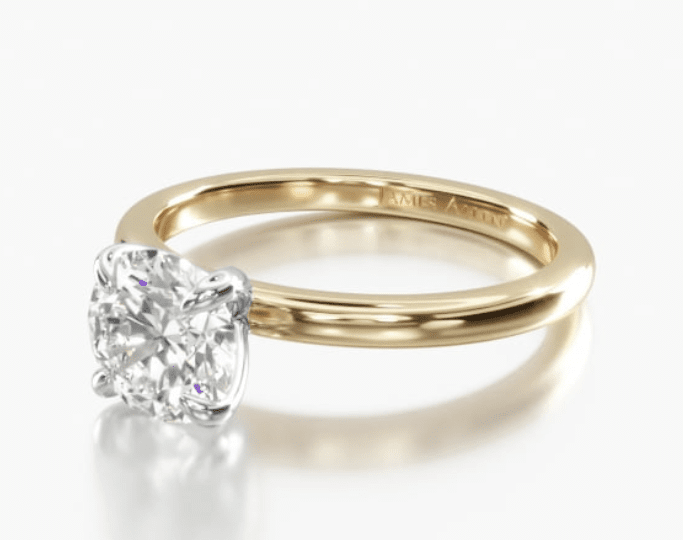
V-prongs are typically used for diamonds with a sharp point, like marquise, princess, or pear cuts. The purpose of the V-prong is to offer protection at these vulnerable points, ensuring that the diamond isn’t damaged or chipped easily.
6. High Prongs
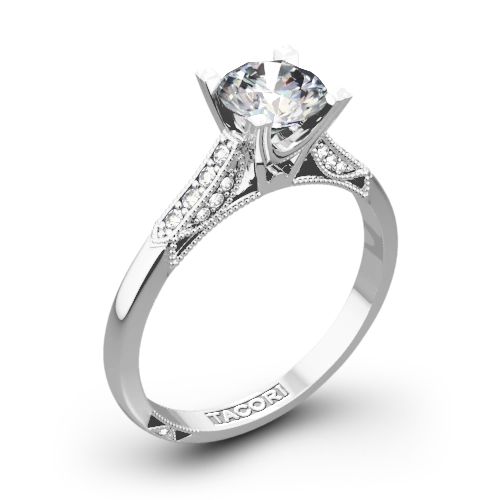
High prongs have a dramatic, sleek look. As the name suggests, the prongs extend beyond the diamond, often pointing straight upwards. The diamond is still held securely, either via grooves cut in the metal or by the slight curving of the prongs.
Number of Prongs
Apart from the above factors, it’s also important to consider how many prongs you need for your ring setting. More prongs equal more security, but it also means less diamond exposure and therefore less sparkle.
- 3 prongs: These are perfect for small diamonds, as well as triangle-shaped stones. However, they typically don’t offer enough protection for a diamond.
- 4 prongs: One of the most popular numbers of prongs, a 4-pronged ring setting means less metal on the diamond, meaning that the center stone is the highlight. However, it doesn’t offer as much protection as a 6- or 8-pronged ring, both in holding the diamond securely in place and for the girdle of the diamond.
- 6 prongs: Viewed as the best balance between security and beauty, a 6-pronged ring holds the diamond perfectly in position, without getting in the way. This is the classic look for a diamond ring. The Tiffany setting, which is the quintessential look for a solitaire ring setting, features 6 prongs.
- 8 prongs: 8 prongs are a little too much for most people, as the prongs encircle the diamond and draw attention away from it. However, if security is the top priority, this is a good option. This 8-pronged ring setting demonstrates how the prongs become a main aspect of the look of the ring.
Should You Pick a Prong Setting Ring?
The prong setting is ideal for high-quality stones and for jewelry that’s meant for special occasions. But the stone quality really is the one main requirement here, simply because the prong setting will literally keep your diamond or other gemstones “naked” to the viewer’s eye.
So, if you’re planning to splurge on an expensive stone – go with a prong setting. Otherwise, something like a halo or a bezel can be a better choice.
The note about “special occasion jewelry” is more of a recommendation than a requirement simply so that you’d have an easier time keeping the stone from wear and tear.
As for exactly what type of gemstone, what cut, what color, what size – that isn’t really of relevance here as all precious gemstones can look great in a prong setting.
Wrapping Up
Putting a gorgeous diamond in prongs on a ring is one of the simplest and best ways to get an astonishing result.
There are a couple of considerations such as whether the stone is good enough to be exposed with a prong setting and whether you can keep such a beauty safe from wear and tear, but there’s no denying that this is one of the best settings for a diamond ring out there.
To learn more, check out our article on all the main ring settings, their pros and cons, and which you should choose.









